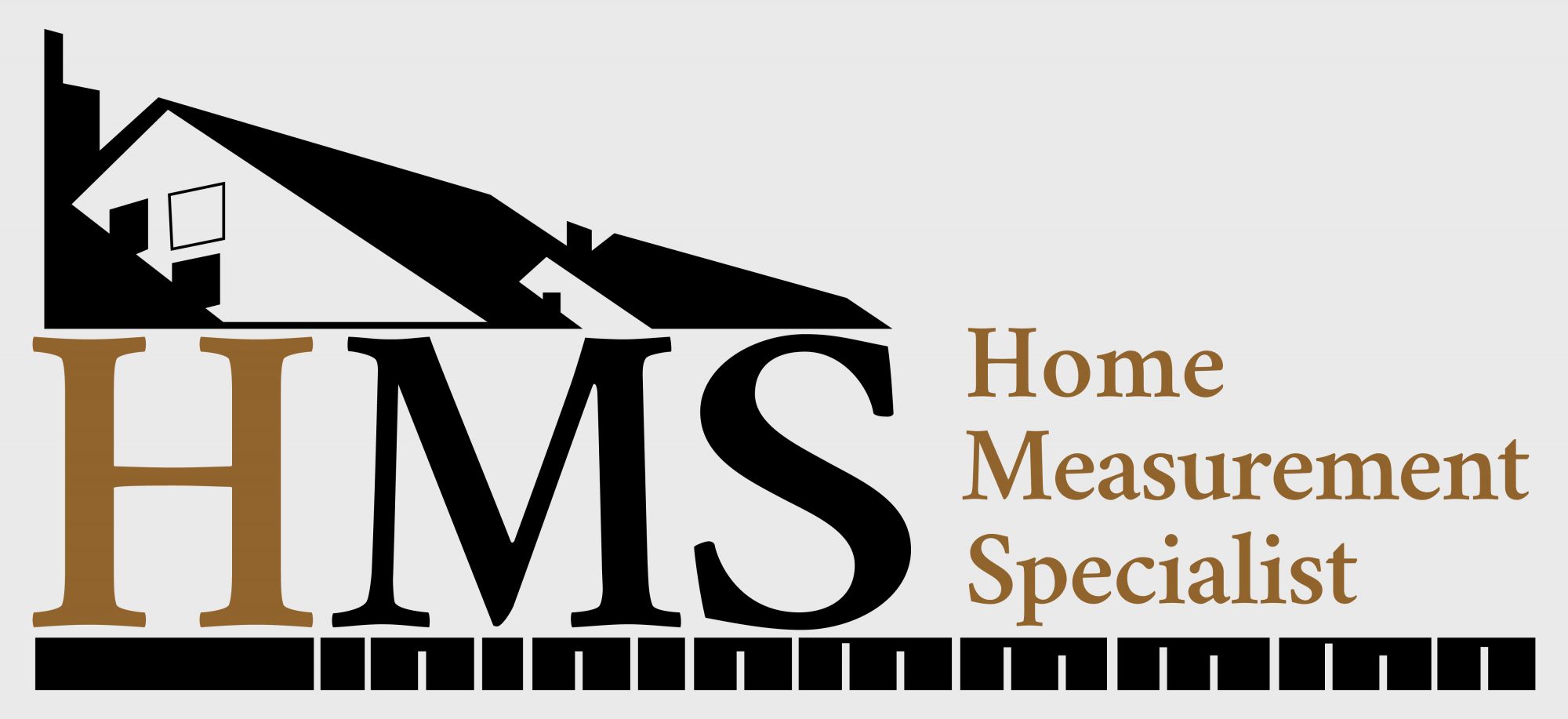There is a long standing myth that the tax department provides the “Official Record” for square footage. It took off in the early nineties when tax departments first went online. This misinformation has now grown to a nationwide belief and this misconception causes consumers to lose money when they buy or sell a house. The fact is, we live in a “price-per-square-foot world.” Realtors® are taught from day one how to use this over-simplified formula that depends on only two numbers. It relies on the sales price and the square footage. If that square footage number is wrong, it skews every number that follows. What that means for consumers is that they may be leaving money on the table when they sell their homes. And, the square footage errors in tax records can be large or small. Public records is an equal opportunity offender and without the assessor going inside each property, the size of that home is based on a guestimate, especially in homes with upper levels or basements. There is simply no way of knowing what space is “finished” without going inside the home and viewing the entire house.
These errors are easy to discover and something that too many agents know all too well, but still avoid talking about. It’s a discussion they do not want to have in public. They are worried that if the public knew how they handled square footage currently, verses the way it was handled for the first 90 years of the organization’s history, the founders of the Realtor® organization (and the MLS) would turn over in their graves while the public starts to cry foul. The MLS was founded so that real estate professionals could share information; information that was intended to be collected by the real estate experts. Even in 1908, real estate agents understood the role of the tax department and the need for a reliable real estate information source. That “source” was meant to be professional agents, who measured and reported accurate square footage data. That data could be used by their peers to compare other properties and would help agents and appraisers accurately price real estate. Without accurate square footage details you get a mixed bag of results, similar to what we see today in online valuations. It’s often like rolling the dice with your largest, lifetime investment. Sites like Zillow® are great for finding what’s on the market and for entertainment purposes. However, when it comes to pricing real estate, sites like this are notoriously inaccurate. Trusting an online valuation can take money right out of your pocket. While they all seem to tout their small margins of error, they very carefully share only part of the picture. Numbers can be manipulated in many different ways. In large urban markets, their price-per-square-foot formula can actually be fairly accurate, even with less than perfect property details. The problem is that America is made up of far more than urban markets. The vast majority of American real estate does not fit neatly into any single mold. Between 60-75% of homes across this country simply cannot be valued fairly using the square footage numbers from tax records and online valuations. And, I’m not talking about a few thousand dollars one way or another. I’m talking about 5,000, $10,000, $20,000, $30,000, up to $50,000 and more, just depending on the size of the property. It can be a numbers and percentage game, played with your money.

3D illustration of a risk level knob over white background. Concept of investment strategy.
If you are like most owners, leaving $15,000 on the table that should have gone in your pocket can be a very big deal. Especially when it could have been avoided by spending about $100.00 to have your home professionally measured. Or better yet, your real estate agent (that charges you a 6% commission) might actually measure, or have it measured by a professional, as part of their listing service. Realtors® keep backing pieces of their “service” back off the menu, but the fees charged don’t get reduced. The online world of real estate makes every broker’s job easier and worldwide exposure is instant. No matter how much technology we use, real estate still requires one accurate number at the start of the process. Size does matter. It’s your money, measure first!

Recent Comments